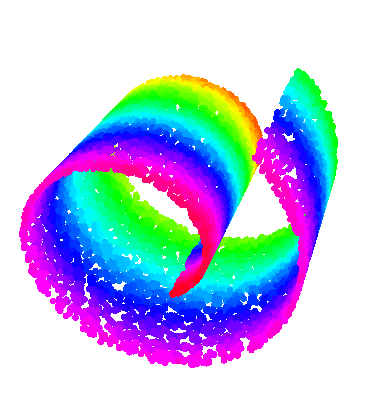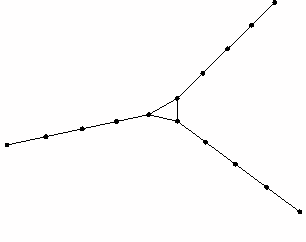Let $G=(V,E)$ be a finite, connected graph. We consider a greedy selection of vertices: given a list of vertices $x_1, \dots, x_k$, take $x_{k+1}$ to be any vertex maximizing the sum of distances to the existing vertices and iterate: we keep adding the `most remote' vertex. The frequency with which the vertices of the graph appear in this sequence converges to a set of probability measures with nice properties. The support of these measures is, generically, given by a rather small number of vertices $m \ll |V|$. We prove that this suggests that the graph $G$ is at most '$m$-dimensional' by exhibiting an explicit $1-$Lipschitz embedding $\phi: G \rightarrow \ell^1(\mathbb{R}^m)$ with good properties.
翻译:Let $G = (V, E) $ 是一个有限、 连接的图形。 我们考虑一个贪婪的顶点选择 。 给一个顶点列表 $_ 1,\ dots, x_ k$, 将 $x ⁇ k+1} 当作任何顶点, 使现有顶点和外转点的距离和距离之和最大化: 我们不断添加“ 最偏僻” 顶点。 在这个序列中, 图形的顶点出现频率会与一系列概率测量相交, 并且具有良好的属性。 一般来说, 这些措施的支持是由少量的顶点 $m\ ll\ {V} 给予的。 我们证明, 这表明, $G 的图形在最大程度上是“ $- mod ” 。 我们通过展示一个明确的 $1- $ Lipschitz 嵌入 $\ fi: G\ rightrowr \ ell1 (\ mathb{R}m) 。






